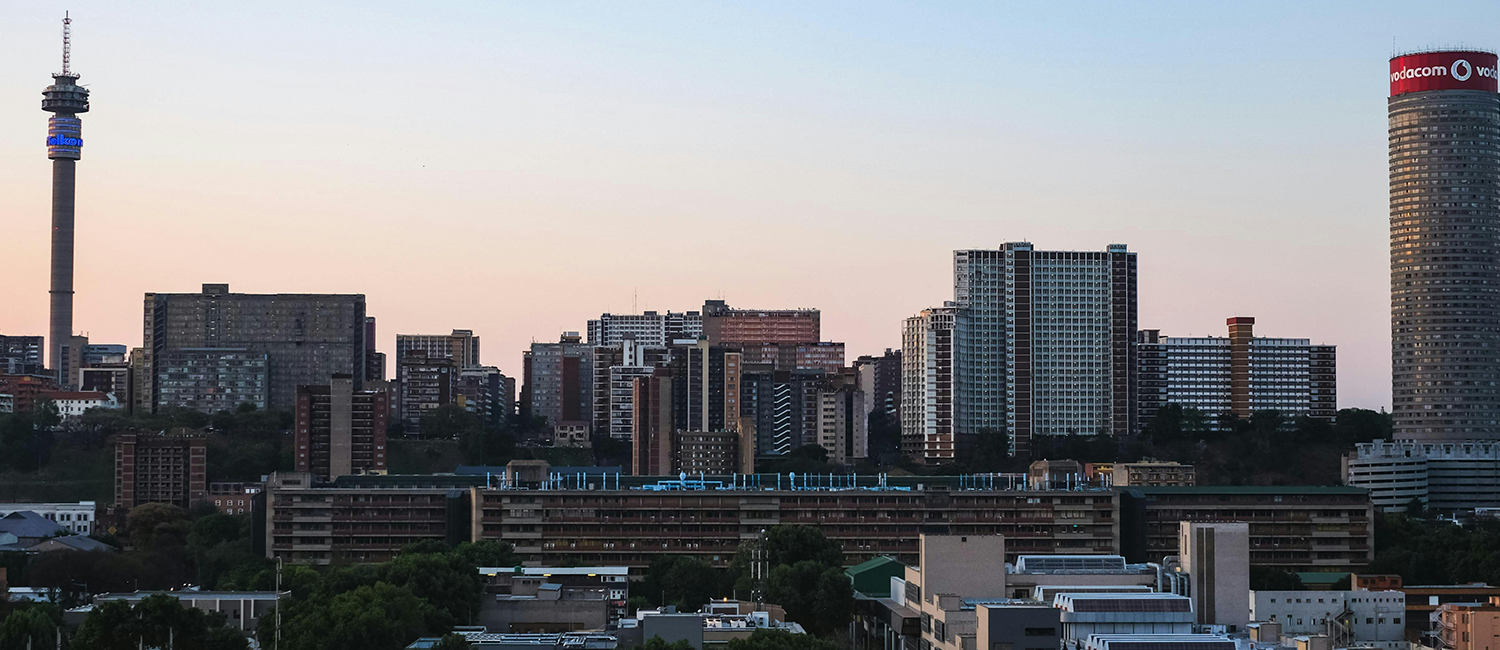THE Ernest Oppenheimer diamond, recognised as the most beautiful in the world, lies out in the open in downtown Johannesburg. Shimmering like an oasis in the desert, it beckons passers-by to come closer and make sure it is real.
As they approach, they will see it is as close to the real thing as you could get. It’s a bona fide replica of the diamond, made to celebrate the life of the mining mogul and preside over the Ernest Oppenheimer Park, which was relaunched in his honour by Executive Mayor Amos Masondo on 15 April.
“This relaunch enables us to celebrate the old and the new,” Masondo said. “The early history that speaks to the genesis of Joburg and the modern transforming city that seeks to embrace all its people.”
Also found in the park are a herd of leaping bokkies, designed in the image of the original impala stampede that was restored and now stands at the Anglo-American headquarters in Main Street. The cast iron herd in the park has been settled on a plinth.
The park improvement was down under the Inner City Charter, which was developed in 2007 by the City and an assortment of stakeholders to regenerate the area. Its focus includes public spaces, public art and promoting culture and heritage.
Through the work of the Johannesburg Development Agency (JDA), the public environment was targeted for upgrading, and Ernest Oppenheimer Park was one of the first projects to be tackled.
“This park lies at the centre of the inner city core, immediately adjacent to the Rissik Street Post Office, and is strategically located on the pedestrian link between Park Station and Gandhi Square,” Masondo said.
It was originally the site of the Standard Theatre, where early mining pioneers went to be entertained, but in later years was transformed into a park. It struggled through the period of deterioration in the late 1980s and early 1990s, when there was a widespread exodus of business and people to areas in the north such as Rosebank and Sandton.
“This was a period that was characterised by crime and grime and other similar related ills. But very few will contest the fact that we have gone a long way to address these challenges,” he said. “Interventions such as the development of Gandhi Square, Mary Fitzgerald Square, Mandela Bridge, the Main Street pedestrian upgrade and the Constitution Hill precinct are but a few examples.”
The park, now a feather in the City’s revitalisation cap, has a basketball court to “cater for the many children who live in this area but have very few opportunities for play”. An amphitheatre and public toilets are other features sure to attract visitors, according to Masondo.
There were a number of partners instrumental in bringing the park to life, including the department of development planning and urban management, the JDA, Inner City Partnership Forum and creative artists, consultants and contractors.
“Johannesburg may have been founded as a mining town and grew into the continent’s most prominent centre of commerce, economic growth, culture, entertainment and creative excellence; but like a human being, its heartbeat and spirit need to be properly nurtured as we move into the future,” he said.
Sir Ernest Oppenheimer was a diamond and gold mining tycoon who bought into and controlled De Beers, as well as founded Anglo-American. He moved to Johannesburg late in his life, but by that time the Oppenheimer name had already come to be associated with the growth of the country’s mining industry.

